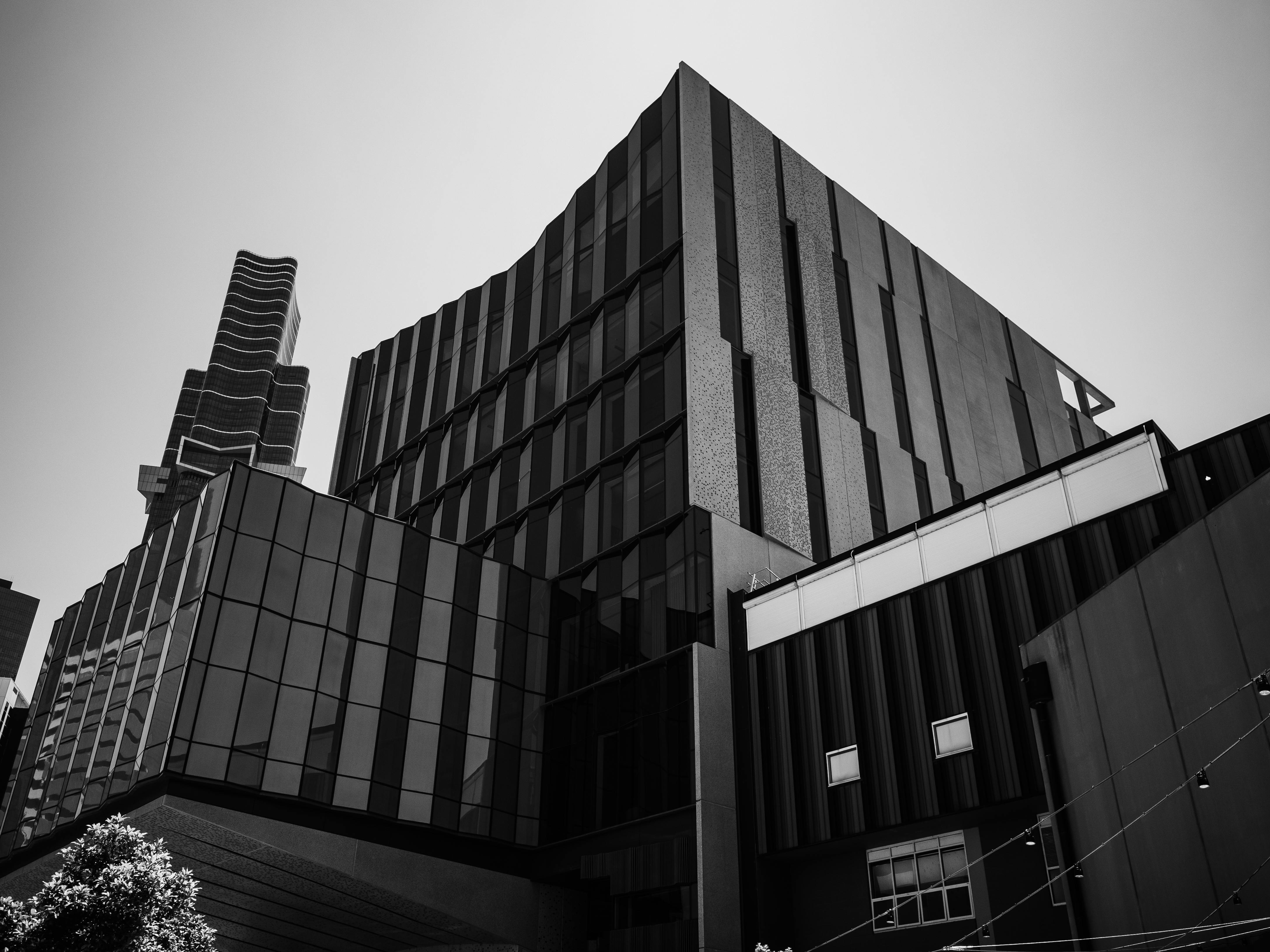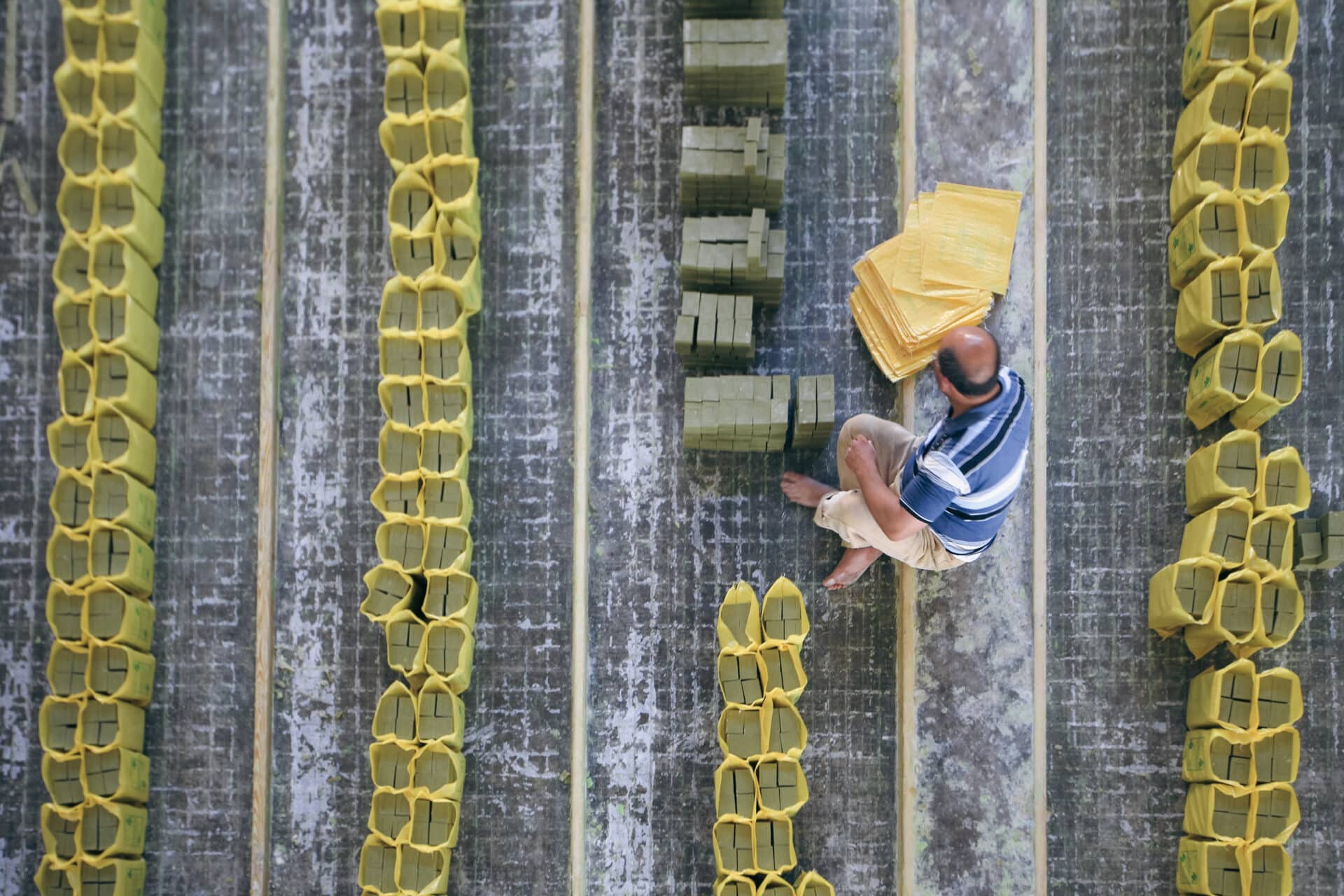Fractional distillation is a process that is used to separate mixtures of liquids that have different boiling points. It works by heating the mixture to a temperature at which one or more components vaporize. The vapor is then condensed, and the resulting liquid is collected and separated from the other components in the mixture. This process can be used to separate complex mixtures of liquids into their individual components, allowing for further analysis and manipulation of each component.Fractional distillation is a method of separating a mixture of two or more liquids with different boiling points into its individual components. It involves heating the mixture to its boiling point, then condensing the vapors produced and collecting them in separate containers based on their different boiling points.
Fractional Distillation vs Simple Distillation
Fractional distillation and simple distillation are two different processes used to separate mixtures of liquids. The main difference between the two processes is that fractional distillation involves multiple distillations, allowing for a greater degree of separation, while simple distillation involves a single distillation.
In fractional distillation, the vapor from the boiling liquid is repeatedly condensed and re-distilled. This process allows for a more precise separation of different liquids in the mixture than what is achievable through a single distillation. By going through multiple cycles of condensation and re-distilling, it is possible to separate out components with similar boiling points and obtain purer samples of each component.
In contrast, simple distillation involves only one cycle of condensation and re-distilling. During this process, the vapor from the boiling liquid is condensed once and then re-distilled. As a result, only components with significantly different boiling points can be separated from each other during this process. Furthermore, due to the fact that only one cycle of condensation and re-distilling takes place, it is not possible to obtain pure samples of each component in the mixture as impurities will remain after the separation has been made.
Overall, fractional distillation allows for greater precision when separating out components within a mixture compared to simple distillation due to its multiple cycles of condensation and re-distilling which allow for finer separations between components with similar boiling points. On the other hand, simple distillation can only be used to separate out components with significantly different boiling points as it involves only one cycle of condensation and re-distilling.
Fractional Distillation
Fractional distillation is a process of separating two or more liquids with different boiling points. It is a common technique used in the chemical industry to separate and purify liquids from mixtures. The process is based on the principle that different liquids vaporize at different temperatures, and when vaporized, they can be separated. The steps involved in fractional distillation are as follows:
1) Pre-heating – The mixture is heated until it reaches its boiling point. This causes the different components of the mixture to vaporize and separate into their own individual gases or vapors.
2) Condensation – The gases or vapors are then cooled down so they condense back into liquid form. This condensation process allows for further separation of the components by their boiling point.
3) Collection – The condensate collected from condensation is separated into two parts: the top layer (the most volatile fraction) and the bottom layer (the least volatile fraction). The fractions are then collected separately in flasks for further processing or analysis.
4) Refluxing – This step involves running some of the condensed liquid back up through a column, where it meets with fresh feedstock from below. This helps to further separate the components by their boiling points and remove any contaminants from the mixture.
5) Fractionating Column – A fractionating column is used to further separate out the components by their boiling points. As the mixture rises up through this column, each component will cool down at different rates due to its own unique boiling point, allowing for further separation as it condenses and falls back down into collection vessels below.
6) Final Separation – Once all of the components have been separated out, they can then be stored or processed further depending on their intended use. Fractional distillation can also be used to purify liquids that have already been separated but still contain some impurities that need to be removed before being used for certain applications.
Fractional Distillation
Fractional distillation is a process used to separate different components from a mixture of liquids. This process is commonly used in the chemical industry, where it is used to separate components of crude oil into more useful products. The process involves heating the mixture so that the different components can be separated based on their boiling points. In order to do this, several pieces of equipment are required.
The most important piece of equipment used in fractional distillation is the fractionating column. This is a tall cylinder made of glass or metal, with several trays inside. These trays allow for the condensation of the vaporized liquid as it rises up through the column, and also allow for further separation as additional trays are added. Other pieces of equipment used in fractional distillation include pumps, thermometers, condensers, and valves. The pumps are used to circulate the liquid throughout the system and ensure that all of the components are being heated evenly. The thermometers measure the temperature at different points throughout the column and help to ensure that each component is being heated correctly. The condensers are used to cool down any vaporized liquids before they reach their boiling point, while valves are used to control how much liquid is being allowed through at any given time.
In addition to these pieces of equipment, fractional distillation requires a heat source in order to boil off the various components from a mixture. This could be anything from an electrical heater to an open flame or even steam heaters depending on what type of mixture needs to be distilled. Once all of these elements have been assembled together, they can be connected into one cohesive system that allows for efficient separation through fractional distillation.
Boiling Point of Liquids and Fractional Distillation
Fractional distillation is a process used to separate two or more liquids based on their different boiling points. The boiling point of a liquid is the temperature at which it turns from a liquid to a gas. Different liquids have different boiling points, and fractional distillation uses this difference to separate the liquids. In fractional distillation, the mixture of liquids is heated until all of them are vaporized. The vapor then travels up a column and condenses as it cools. As it cools, each liquid in the mixture will condense at its own specific temperature due to its own unique boiling point. This allows each liquid to be collected separately at different points down the column.
The boiling point of liquids has a significant effect on fractional distillation because it determines which liquid will condense first in the column. For example, if two liquids have different boiling points and one has a higher boiling point than the other, then that liquid with the higher boiling point will condense first in the column and will be collected at a higher point than the other liquid with a lower boiling point. The lower boiling point liquid will condense later and be collected further down towards the bottom of the column. Thus, knowing the boiling points of each component in a mixture is important when using fractional distillation to separate them.
In addition, changing or controlling the temperature of fractional distillation can also affect which components are collected first or last in terms of their respective boiling points. Increasing or decreasing temperatures can cause certain components with higher or lower boiling points to vaporize before others since they require less energy for vaporization due to their respective differences in vapor pressure. This can help selectively collect certain components earlier on during fractional distillation while leaving behind others that would otherwise condense early due to their higher respective boiling points.
Overall, understanding how different liquids boil at various temperatures and how temperature affects these processes is very important when using fractional distillation for separation purposes. By knowing these facts about each component’s unique properties, including their respective boiling points, one can accurately separate them from one another through fractional distillation with ease.

What Is the Function of a Column in Fractional Distillation Process?
A column is an essential component of a fractional distillation process, allowing for the separation of materials based on their different boiling points. In this process, a column is filled with either packing material or trays which contain numerous small holes. Heated vapor passes through this material and is cooled as it passes through each tray or level. As the vapor cools, it condenses and separates into liquid fractions. The heavier fractions will condense at the bottom of the column while lighter fractions will condense at the top. This process allows for very efficient separation of materials based on their boiling points, allowing for select substances to be isolated from a mixture.
How Can the Number of Stages Affect the Separation Efficiency in Fractional Distillation?
Fractional distillation is a process used to separate components of a liquid mixture based on their boiling points. The higher boiling point components are separated first, followed by the lower boiling point components. The number of stages in fractional distillation affects the separation efficiency, as each stage requires additional energy and time to achieve an optimal separation.
Increasing the number of stages increases the efficiency of fractional distillation as it allows for better separation between each component in the mixture. Each stage provides an additional chance for distillates to be further separated, resulting in a more refined product. This is especially relevant for highly complex mixtures, such as crude oil, where multiple stages are required for efficient separation.
However, increasing the number of stages also has drawbacks. It increases energy consumption, as well as operational costs associated with running a fractional distillation column. This can become particularly costly if multiple columns are needed to achieve optimal results. In addition, it may also increase processing time significantly due to the need to wait for each stage to complete before starting another one.
In conclusion, while increasing the number of stages in fractional distillation can increase its efficiency and allow for more refined products, it may also come at an increased cost and require additional energy and time input from operators. As such, it is important to weigh up these factors when determining how many stages should be used in a particular fractional distillation setup.
Pressure Affects the Efficiency of Fractional Distillation Processes
Fractional distillation is a process used to separate mixtures of liquids with different boiling points. It is an efficient way to purify liquids, and the efficiency of the process can be affected by pressure. Pressure can affect the temperature at which a liquid boils and thus play an important role in fractional distillation.
When pressure increases, the boiling point of a liquid also increases, allowing for more efficient separation of components in a mixture. This is because higher pressure leads to higher temperatures, meaning that more volatile components of the mixture can be boiled off at once. Additionally, higher pressures allow for greater control over the fractionation process, leading to more accurate separations.
Conversely, when pressure decreases, the boiling point of a liquid decreases as well and fewer components can be boiled off at once. Lower pressures also limit the amount of control one has over fractional distillation as fewer volatile components can be separated from each other. Decreasing pressure also limits how much vapor is produced during fractionation and reduces overall efficiency.
Overall, it is important to consider pressure when carrying out fractional distillation as it affects both temperature and efficiency. Higher pressures create higher temperatures which allow for better control over fractions produced and improved efficiency in separating mixtures. Lower pressures limit vapor production and reduce overall separation accuracy and efficiency.

Conclusion
Fractional distillation is a process used to separate mixtures of liquids into their component parts. It works by using a fractionating column to create multiple vapor-liquid equilibrium phases. This allows the components of the mixture to be separated based on their boiling points. Fractional distillation is widely used in industries such as petroleum refining, where it is used to separate crude oil into its component hydrocarbons. The process also has applications in food production, biotechnology and other fields.
Fractional distillation is a simple yet powerful technique that can be used to isolate and purify liquids from mixtures. By manipulating the temperature and vapor pressure within the system, it is possible to separate out individual components from the mixture with great precision. The process can be scaled up for industrial use or scaled down for laboratory use, making it an extremely versatile tool for chemical separation.


